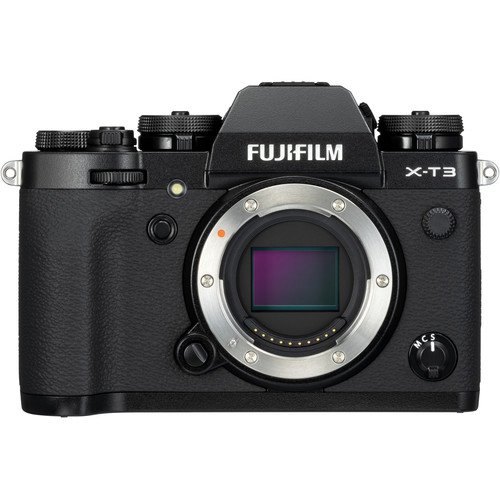Looking for the best Fujifilm cameras for landscape photography? Look no further here’s the top 5 that will help you make stunning images of mountains, vistas and nature.
What makes a good landscape camera?
If you just want the selection of the best Fujifilm cameras for landscape photography that is below. If you are wondering what the thinking behind the selection is, read on.
What makes a good landscape camera is a multitude of factors. The most important one is sensor size, the bigger the sensor the better the quality, especially for low light (astrophotography, magic hour, dusk, etc).
There is also the weight factor and the need for interchangeable lenses. The good news is, most Fuji cameras tick these boxes so it’s really a matter of features. Let’s get right in.
Best Fujifilm cameras for landscape photography
The list of the top 5 Fujifilm cameras for landscape photography is below. Further down we will look at each in detail with image samples.
| Name | Sensor | Lens (Eff) | Megapixel | Get it |
| 1. Fujifilm X-T4 | CMOS | Interchangeable | 26.1 | Check Price |
| 2. Fujifilm X-T3 | CMOS | Interchangeable | 26.1 | Check Price |
| 3. Fujifilm X-T30 | CMOS | Interchangeable | 26.1 | Check Price |
| 4. Fujifilm X-H1 | CMOS | Interchangeable | 24 | Check on ebay |
| 5. Fujifilm X-Pro3 | CMOS | Interchangeable | 26.1 | Check Price |
Let’s now look at what makes each one of the best Fujifilm cameras for Landscape photography.
| Reasons to buy | Cons |
|---|---|
| ✔️ Professional features in a compact camera ✔️ In body image stabilization ✔️Fully articulating LCD screen | ❌ Professional price point |
Let’s start our list of the best Fujifilm cameras for landscape photography with the top of the line Fujifilm X-T4. It is the one camera that will come up in landscape photography conversations. It is so feature packed that it can go head to head with other flagship mirrorless from rival brands and even the top DSLRs, so it’s that good.
Having the APS-C X-Trans CMOS sensor at 26.1 megapixel, superior ISO, and autofocus performance, the X-T4 makes you wonder why bring a bulky DSLR to shoot landscapes when you can have this.
The IBIS or the in-body image stabilization feature of the X-T4 eliminates the shake your hands might cause when shooting in slow shutter, in case you don’t have your tripod with you. If need be you can handhold 1-2 seconds to get that flowy look.
The image quality is really great with lots of dynamic range so it captures a lot of information and the raw files it produces can take a serious beating, important to make the landscape pop. There’s also 2 SD card slot so you are safe for a card failure while outside.
It also has an excellent fully weather-sealed body so it can withstand the elements while shooting. The 3-inch fully articulating LCD screen makes it easy to see what you are shooting and more importantly what is in focus. Since you can move it around you don’t need to squat or bend your back if you have your camera on a tripiod.
The X-T4’s body measures at 134.6mm x 92.8mm x 63.8mm (W x H x D) and weighs 607 grams (including the battery) it is not super heavy and can fit in a small bag.
If you’ve gone tired of lugging bulky DSLR gear when hiking mountains, the X-T4 is the way to go.
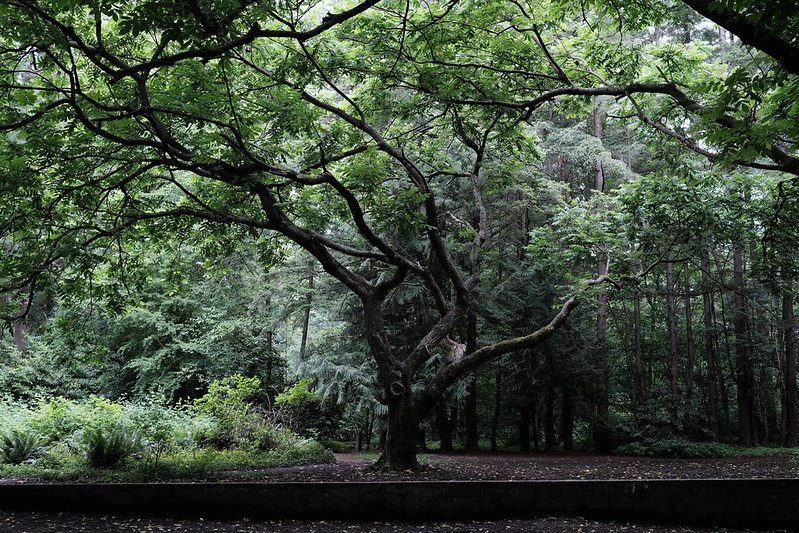


| Reasons to buy | Cons |
|---|---|
| ✔️ Top of the line features ✔️ Weather sealing ✔️ More reasonable price | ❌ No image stabilization |
If budget restricts you, then the X-T3 is one of the best Fujifilm cameras for landscape photography you can get. Seriously, the X-T3’s only major difference with the X-T4 is the in-body image stabilization (IBIS). This could be something that is pretty handy for videographers but if you’re mainly focusing on landscape photography, X-T3 just might be the more practical choice.
It is not an issue if you will always have a tripod with you. Another feature missing from the X-T3 is X-T4’s fully articulating LCD screen. So if you have the camera on a tripod, and it is lower than you, you will have to bend in order to see what’s being shot.
Both cameras have the exact same image sensor at 26.1 megapixels and same excellent autofocus. So the image quality is the very same as the X-T4. Usable straight out of camera JPGs, great dynamic range, RAW files that can really take a beating, it’s all there.
If you shoot landscape videos the XT-3 edges out the X-T4 with its built-in headphone jack. . The X-T3 is also a bit lighter weighing at 539 grams including battery compared to the X-T4’s 607 grams.
The X-T3 is weather sealed too, so no worries if things get rough out there. If you can, get the X-T4 but if you are on a budget, this is the next best choice.
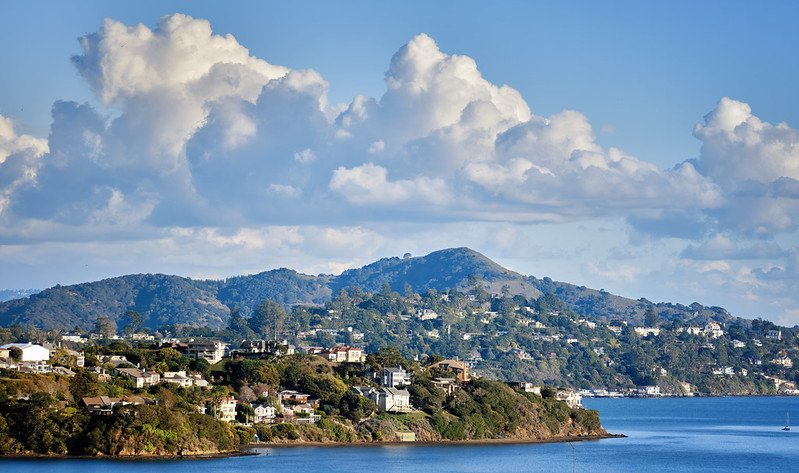
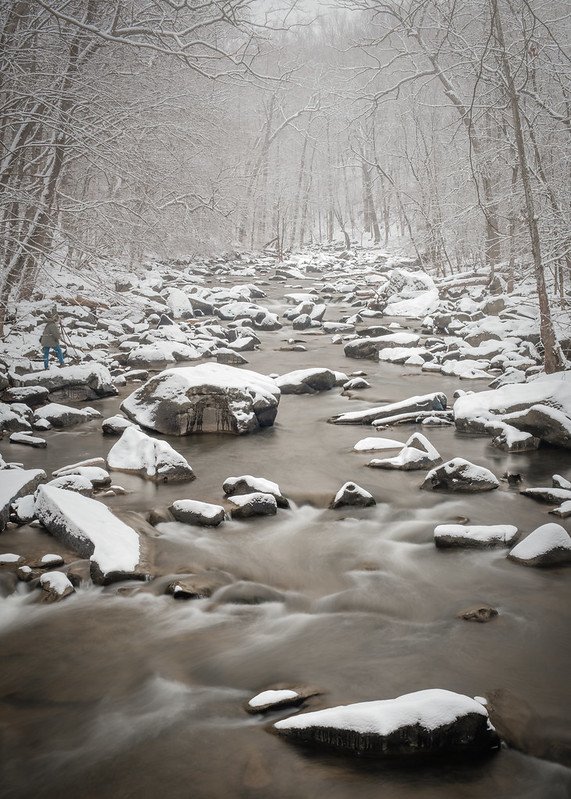



| Reasons to buy | Cons |
|---|---|
| ✔️ High-end features ✔️ Compact body ✔️ Affordable price | ❌ No image stabilization |
If the best 2 Fujifilm cameras for landscape photography above are still too high in terms of price range, no worries. The X-T30 is literally made for photographers who need the high-end features of the X-T4 and the X-T3, without the top-of-the-line price point.
It shares the same image sensor which means it has the same 26.1 megapixels, superb eye and face detection autofocus, and the great colors that you can tinker around with through their trademark film simulation modes feature.
It’s all about tradeoffs however. Unlike the X-T4, this camera does not have the in-body image stabilization (IBIS) that allows to handhold the camera and reduce camera shake. It doesn’t have the dual SD card slots either. It has a lower resolution, fixed screen and a smaller battery life (500 vs 380 shots per charge), lastly it doesn’t have weather sealing.
What you get however is a stunning camera. The image quality, ISO and lowlight performance is also outstanding just like the X-T4. It is also a much lighter camera both from a pocket perspective and a physical perspective. It weighs and is smaller than both the X-T3 (539g) and X-T4 (607g) at 383 grams (including battery).
With its compact and lightweight body along with the heavy, high-performing features we’ve seen in higher-end cameras, the X-T30 earns the top spot as one of the best Fujifilm cameras for landscape photography.



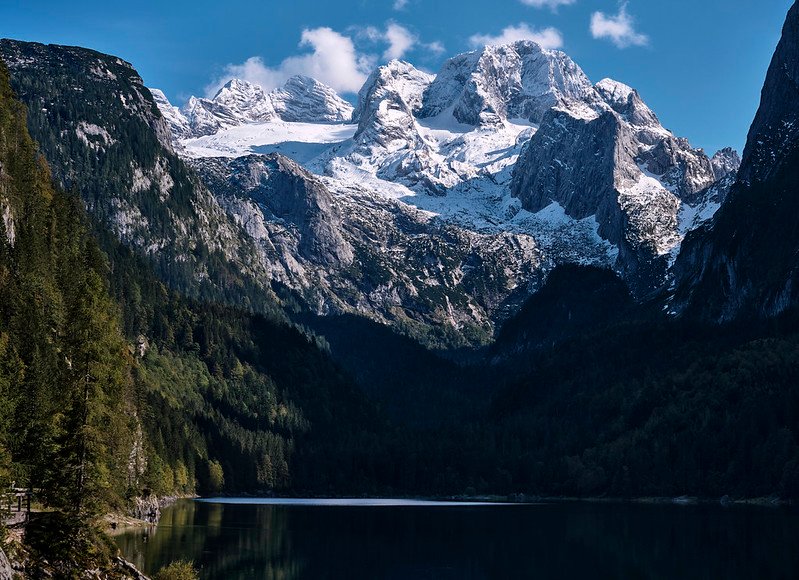
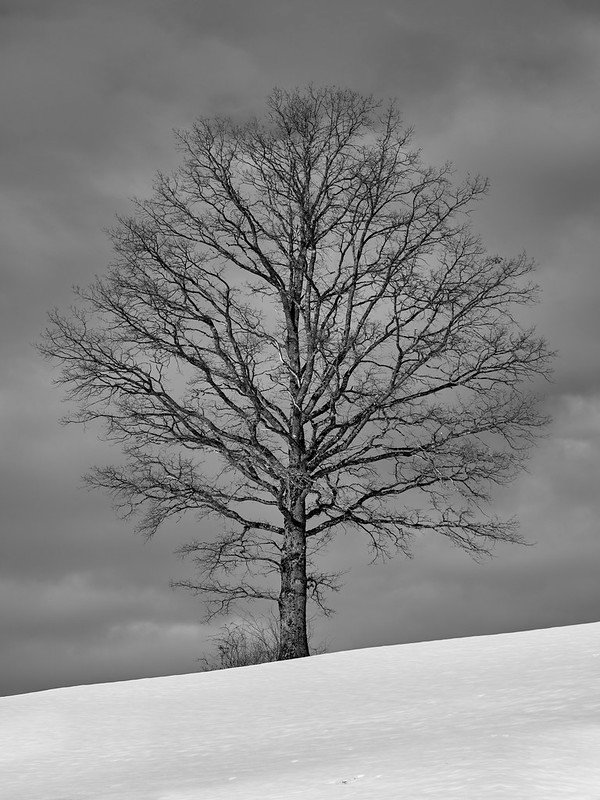
| Reasons to buy | Cons |
|---|---|
| ✔️ Robust, well-built body ✔️ In-body image stabilization ✔️ Weather sealed | ❌ Placement of the Q button |
If the X-T4 is the one you would like from this list of the best Fujifilm cameras for landscape photography but can’t swing it. The X-H1 is an older model that won’t break the bank.
Just because there is a new model of something doesn’t mean it stops being good! This has excellent image quality, dynamic range but a smalkler megapixel count of 24. It’s still plenty to go around to print big.
Compared to the current X-T4 it has a poorer battery life (300 shots vs 500 shots) but for the rest it can hold it’s own. It has an articulated screen (no more bending when the camera is low on a tripod) and unlike the other previous choices in this list of the best Fujifilm cameras for landscape photography it has image stabilization.
This key feature is important for landscape photographers, you can press the shutter button while the camera is on the tripod and it will negate the vibrations and if you find yourself wishing you had a tripod while encountering a scene, you can handhold 1-2 seconds with this camera.
The camera also has dual memory card slots, so you are safe in case one fails and it also has weather sealing. One thing that is a bit off with the camera is the placement of the “Q” or the quick menu button. It is awkwardly placed at the protruding thumb grip of the camera, causing some accidental pressing of the button. It’s not a deal breaker, but it gets annoying sometimes.
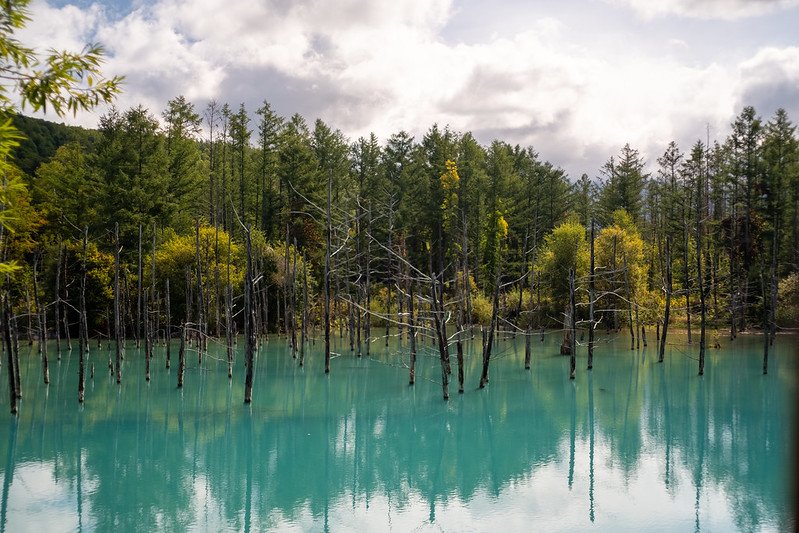
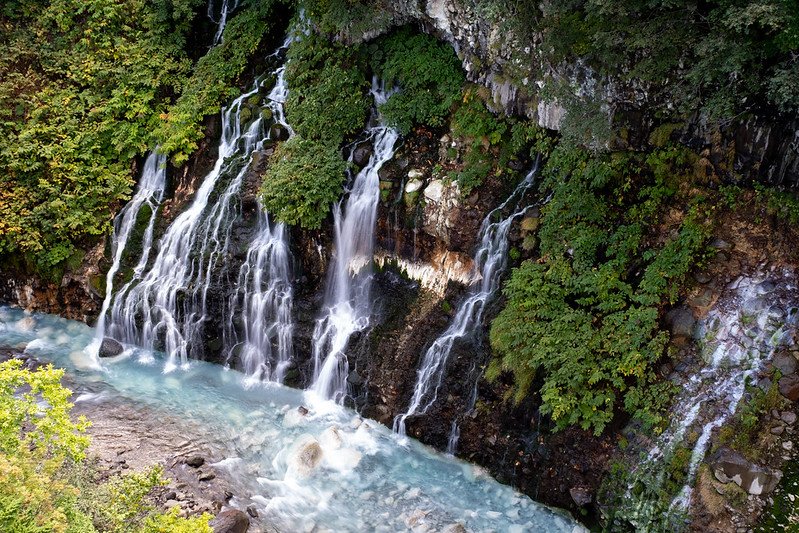


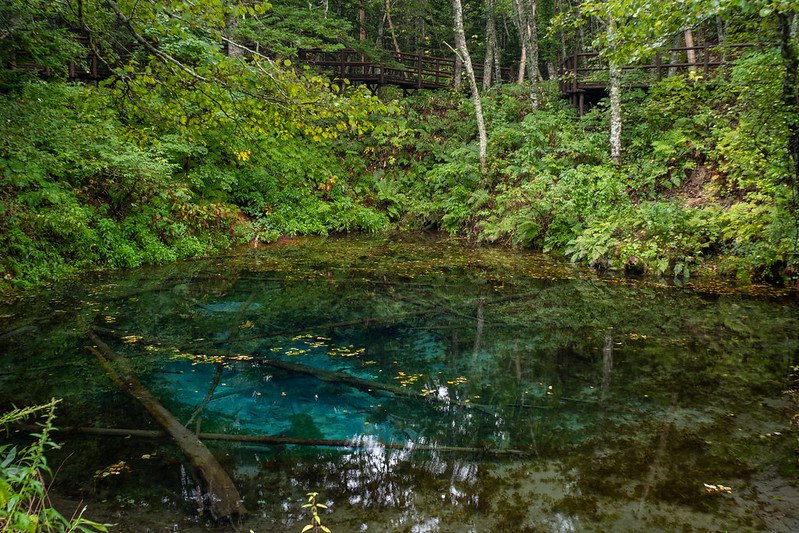
| Reasons to buy | Cons |
|---|---|
| ✔️ Excellent colors of film simulation modes ✔️ Tough body with weather sealing ✔️ Touch screen LCD | ❌ No IBIS ❌ Hidden LCD display |
This will be the final recommendation for the best Fujifilm cameras for landscape photography. Really this is the same sensor and all the goodness that comes with this of the X-T4. So it can make some great landscapes.
But this camera is more suited for everyday photography / street photography. Because the way it’s designed is to be used more with the hybrid viewfinder (it’s both optical and digital) then the screen. If you look at the back of the camera there is no screen, but a e-ink window that shows what film simulation you have on.
The screen itself needs to be flipped down if you want to see what you are shooting. Not present is the IBIS or image stabilization. If by any chance you knock this camera off a tripod on location, you can always rely on its weather sealing and its solid body built like a tank.
There is also the dual SD card slots present that keeps your images always backed up. While this is a personal opinion, this camera looks way better than all of the X-T line. So if you are looking for a great camera all around, this is it.
It is the top of the line Fuji camera with a different form factor that is hard to put down.

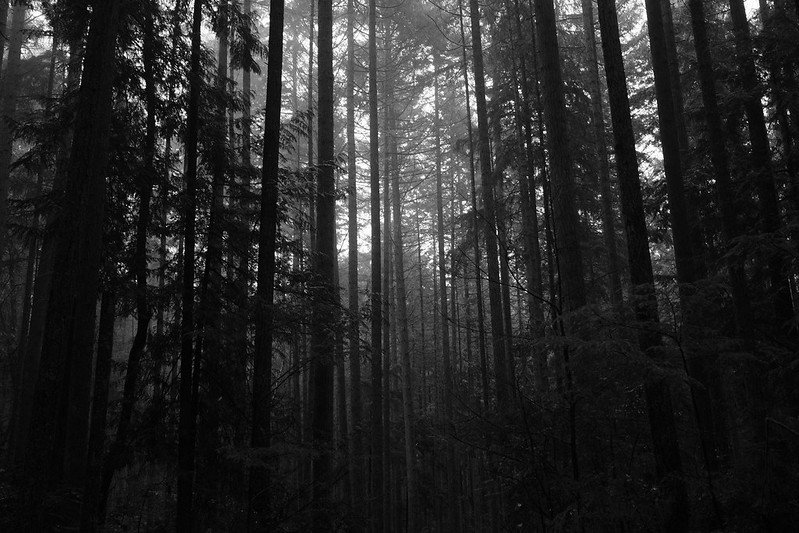
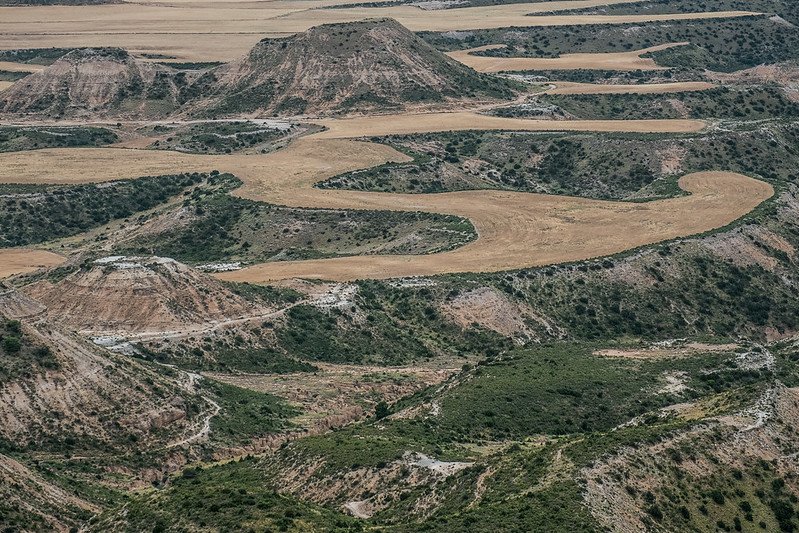
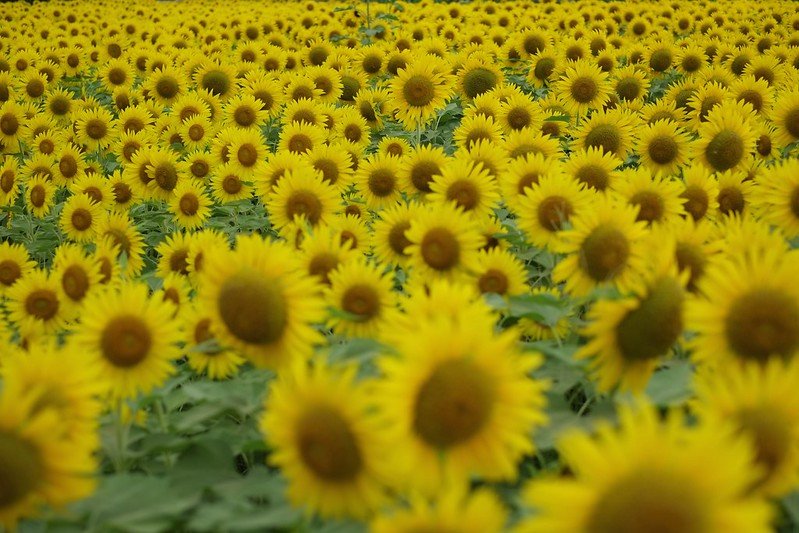
Conclusion
I hope you enjoyed this article about the best Fujifilm cameras for landscape photography. If you want the top, no compromise one, this is the Fujifilm X-T4. If you do not mind the lack of stabilization then the X-T3. If you don’t mind the lack of features, the Fuji X-T30 has the same image quality, or get the X-H1 if you really want the image stabilization.
Lastly if you just want a great camera that will also do landscape well, then the Fuji X-Pro 3 is amazing.


